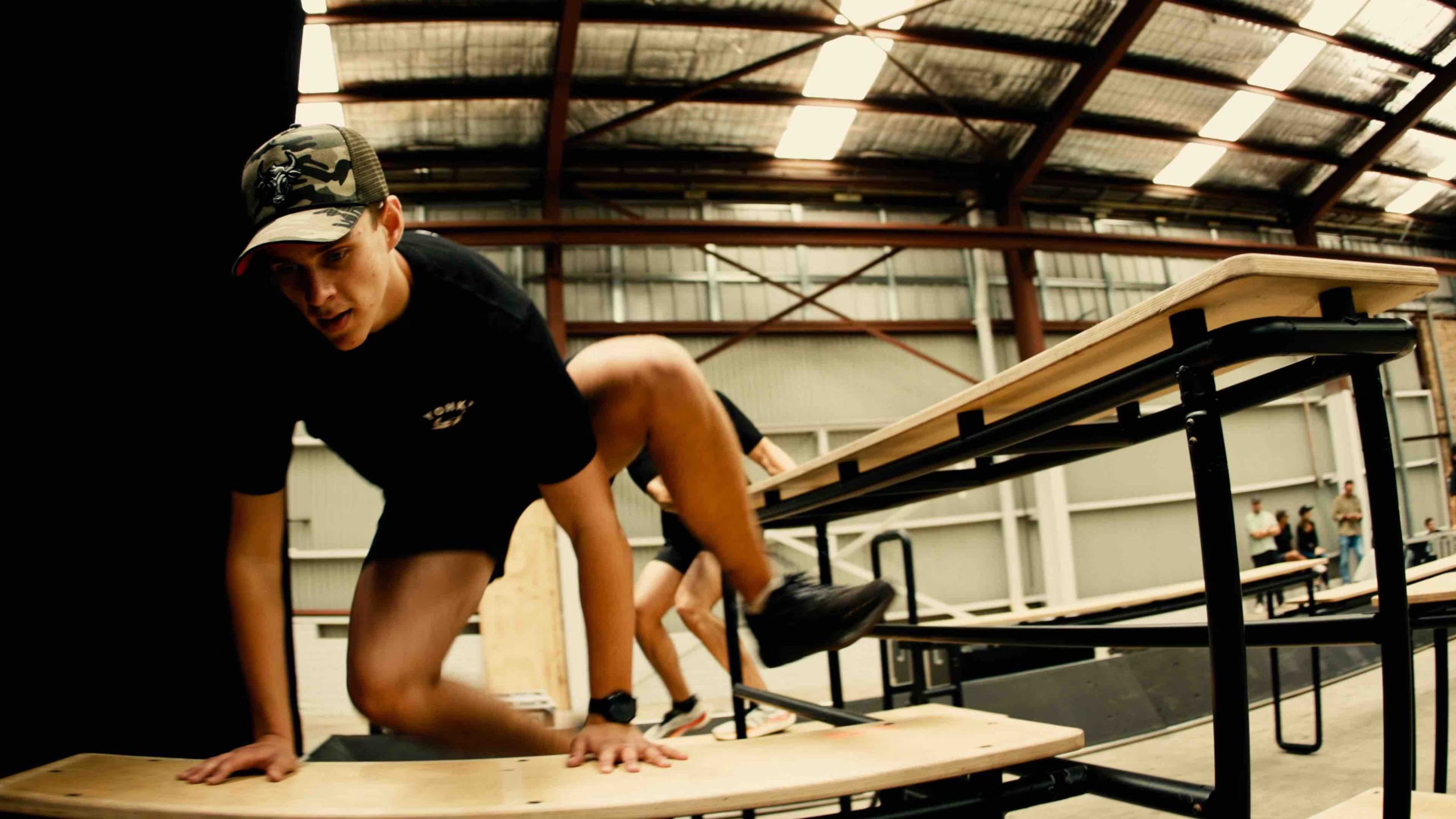To create a more dominant frame that’s masculine, imposing, and—let’s admit it—irresistible to women, you need to train smart. Trashing your body in the gym may give you the size you’re looking for, but injuries and imbalances are always threatening.
To ensure you’re making the most of your back workouts, Joel Seedman, Ph.D., exercise physiologist, athletic performance specialist, and owner of Advanced Human Performance in Atlanta, has outlined 7 of the most important things to remember when you’re putting in the hard work and sweat (so you can bypass the blood and tears).
Pull to Your Sternum on Certain Exercises
“On all pullups, chinups, and lat pulldown variations, focus on pulling to your sternum rather than to your clavicle,” Seedman says. This minimizes activation in the lats, particularly the lower portion, because your shoulders and scapula aren’t able to pull down, completely, or rotate in toward your spine. “Pulling to your sternum, however, not only places your shoulders in the most biomechanically sound position, it also requires an incredible amount of lat activation,” Seedman says. This means greater growth.
Don’t Touch the Bar to Your Chest
Stop the urge to touch the bar to your chest on pullups and chinups; you don’t win any brownie points for being macho. Besides, Seedman says: “The natural stopping point for the bar will be slightly below chin height, and no lower, so pulling lower produces an exaggerated range of motion in your shoulder joint.” It might not sound bad, but this encourages your shoulder to internally rotate, which causes scapular instability that may lead to injury and inflammation, and minimize lat activation. Instead, your goal should be to keep a natural range of motion.
Maintain the Proper Form
“On all rows, pullups, and pulldowns keep your chest out, shoulders pulled down and back, head tall, stomach in, and core tight,” Seedman says. Also, focus on pulling with your middle-upper back (think: lats, rhomboids, lower traps), not from your shoulders, upper traps, or neck muscles.
Learn How to Engage a Muscle-Mind Connection
Without a proper muscle-mind connection, you won’t be as successful in activating your back muscles; you’ll actually be more inclined to revert to using your arms and joints more. “Learning how to squeeze and engage the middle and upper back muscles is critical when it comes to maximizing stimulation and growth to the back and lats,” Seedman says. Actively think about using your back muscles, engaging and contracting through the movement. You want to get the same muscle burn you immediately feel when you train muscle groups like your calves and biceps. So, if you’re doing a pullup, focus on your traps, not your arms or chest.
Use Your Imagination
Having a hard time feeling your back muscles engage? “Try closing your eyes, lightening the load, and thinking of your arms as hooks from which the back muscles are attached to to help pull the load through,” Seedman says.
Perfect the Pause
Regardless of what exercise you’re doing, follow this tip: “On each repetition, perform a smooth yet powerful concentric lifting phase,” Seedman says. “Pause in the contracted position for 2 seconds while squeezing the muscle, lower the load slowly, then pause in the contracted position for another 2 seconds before repeating the sequence for the desired rep range,” he explains. You’ll recruit the correct muscle fibers and trigger size-inducing stimulation.
Choose Your Weight Intelligently
“Choose a weight that allows the rep range to be completed with only 1-2 extra possible reps left in the tank,” Seedman says. You want to challenge yourself without causing injury. “The last set of each exercise can be taken to failure (perform additional reps beyond what is listed if possible),” he adds.




